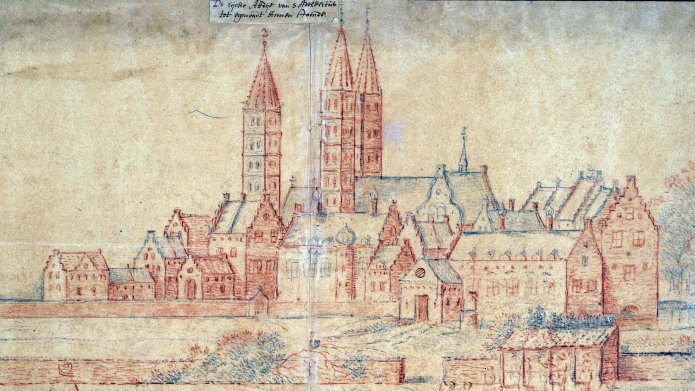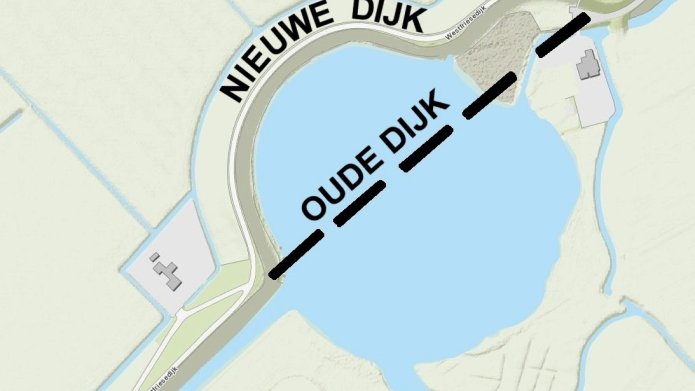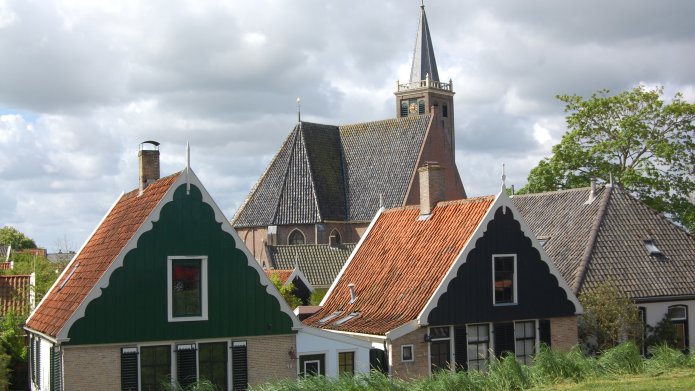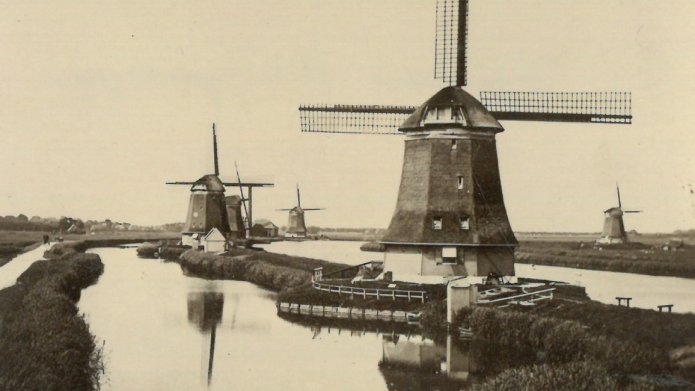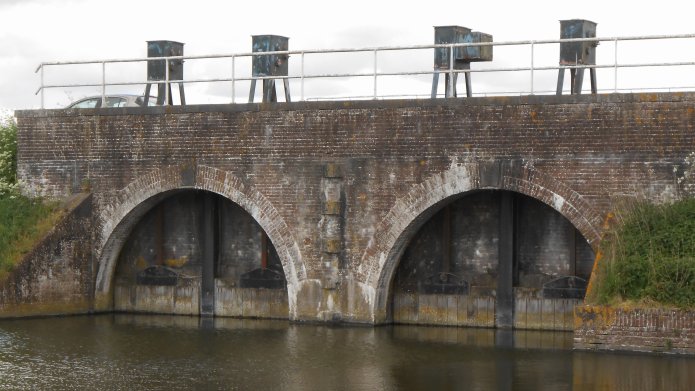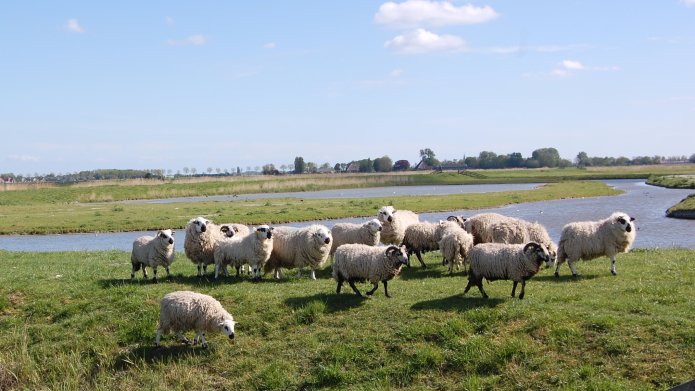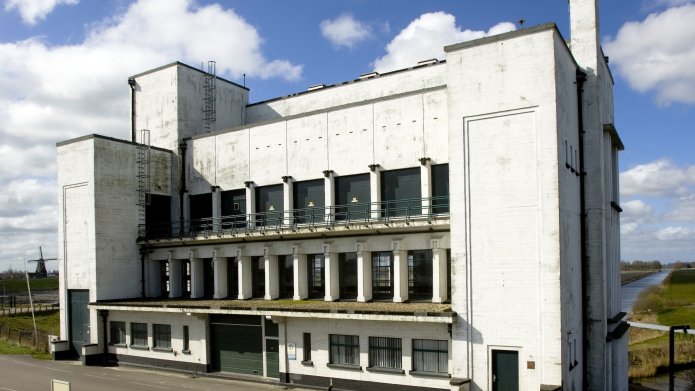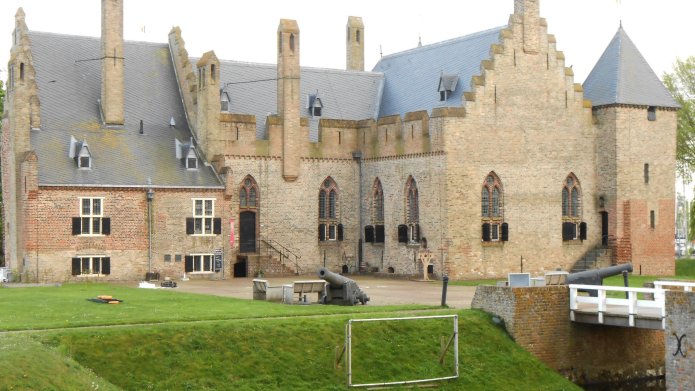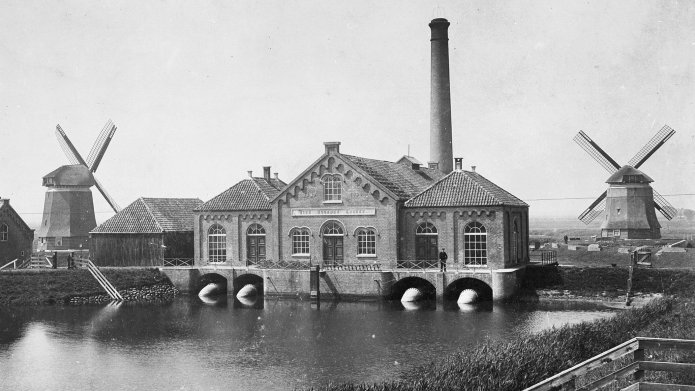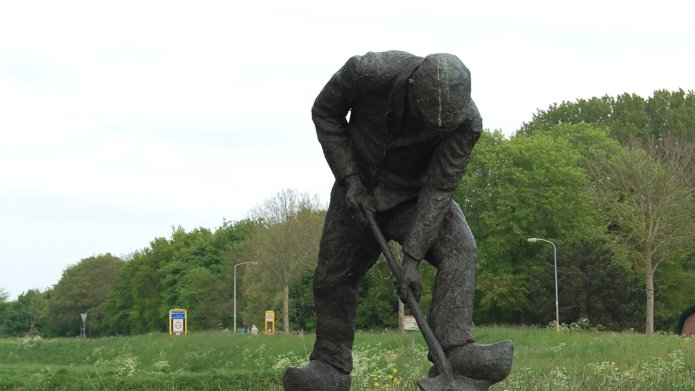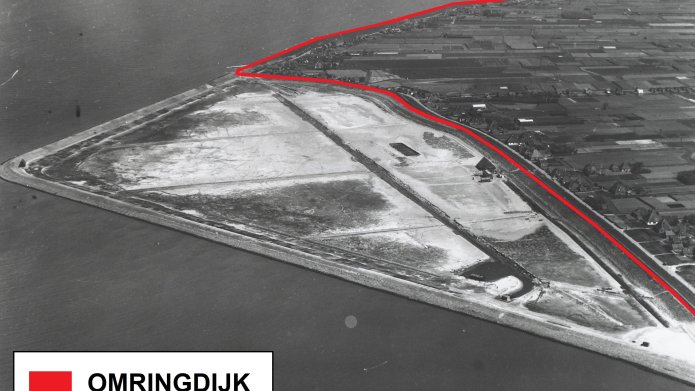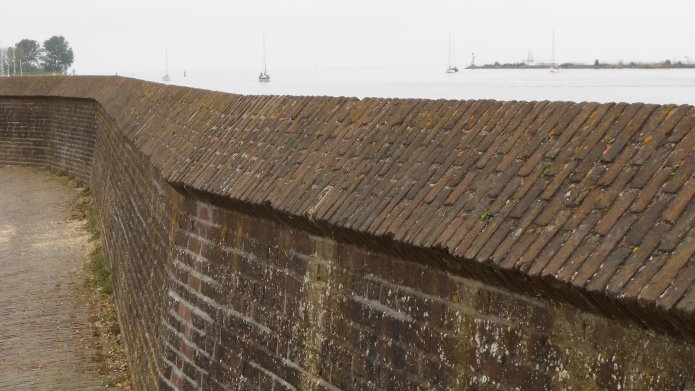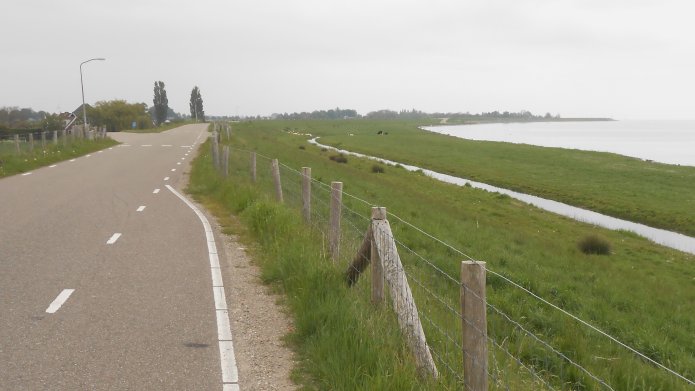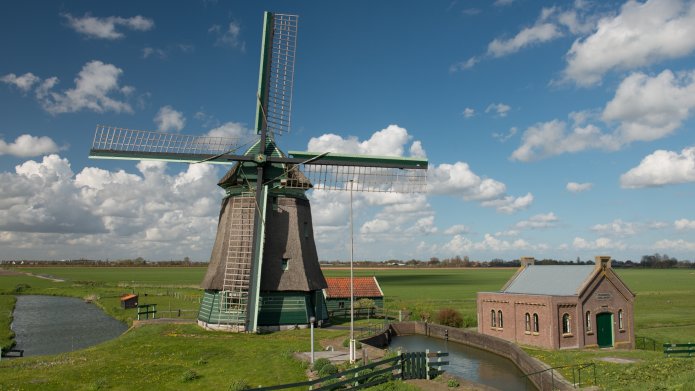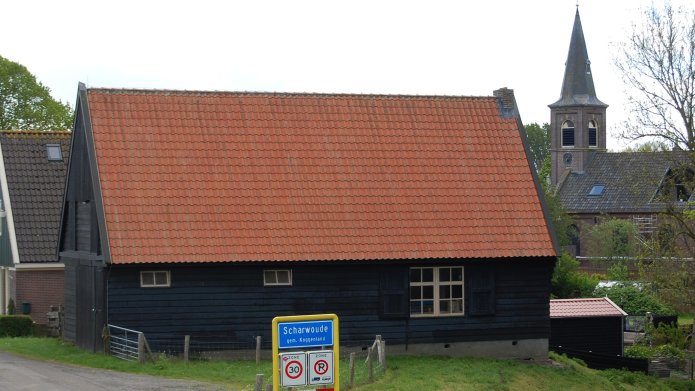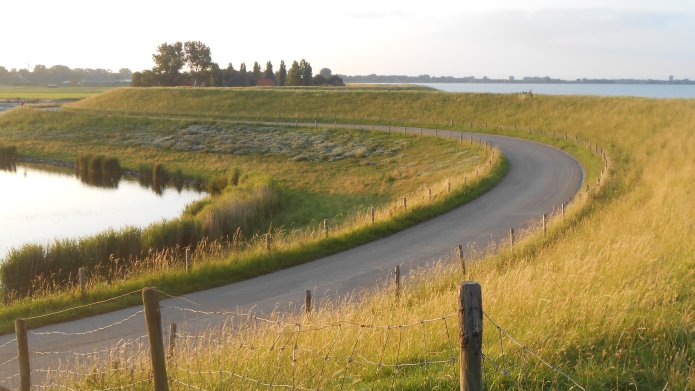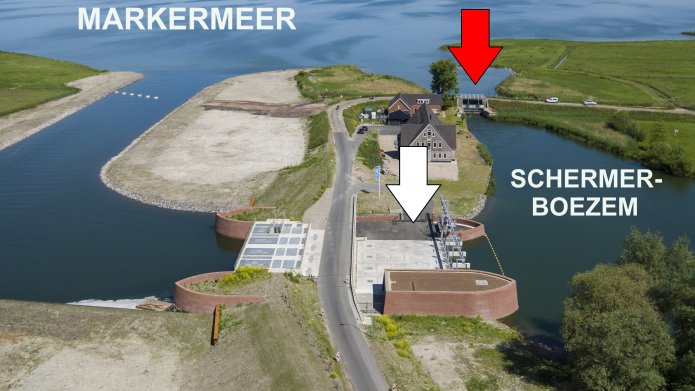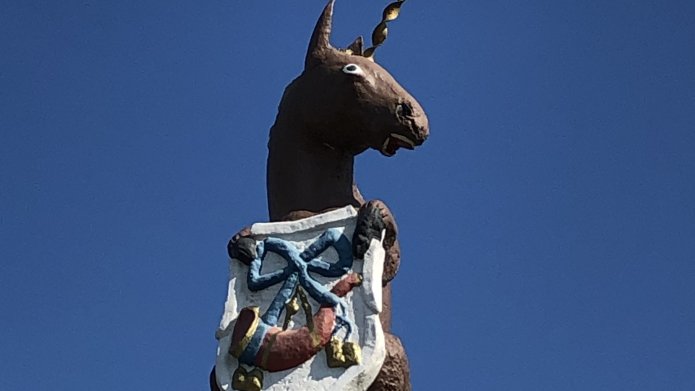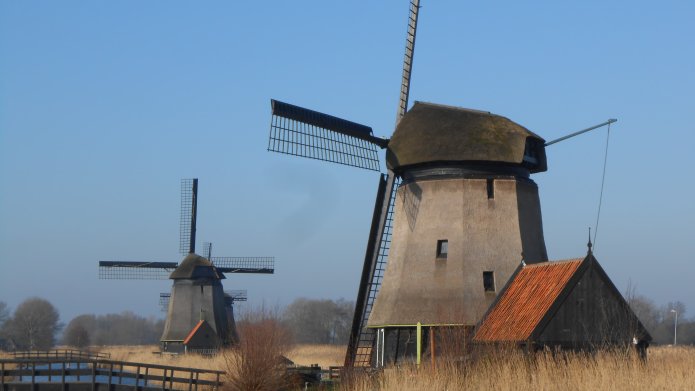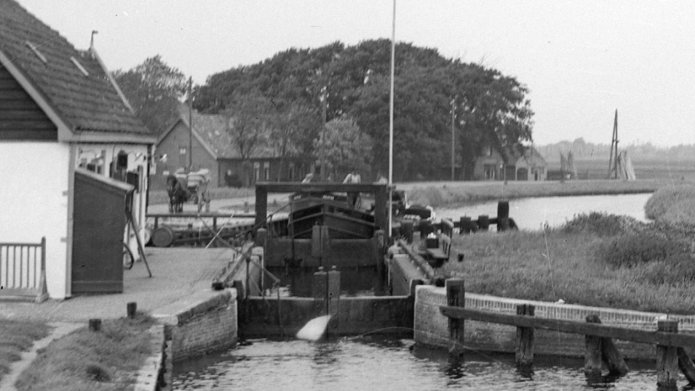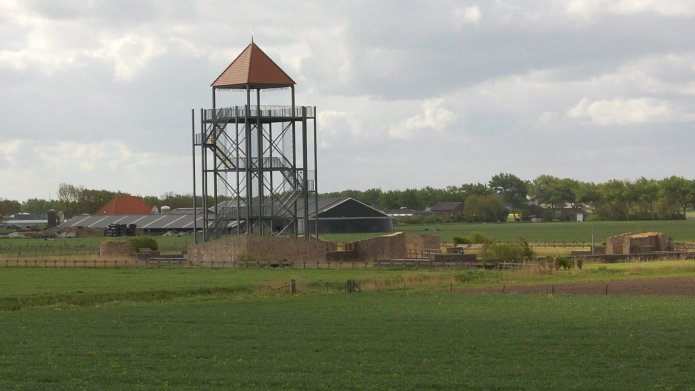Westfriese Omringdijk
The Westfriese Omringdijk is over 126 kilometers long and some 800 years old. The dike, as the name suggests, runs around West Friesland. For the West Frisians, the dike has been their support and refuge from the raging waters throughout the centuries. For once West Friesland was surrounded by water from all sides. The traces of the struggle against the water come to life with stories, photos and Maps. From pumping station Lely to the Kolk van Dussen, from the Zijpe to the Zuiderdijk.
Read the stories here on the website or use the Westfriese Omringdijk app. This app brings to life the traces of the struggle against water at the locations themselves.
